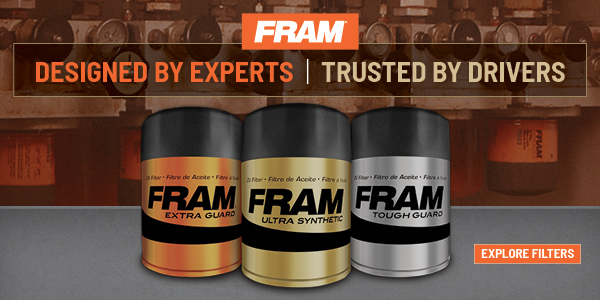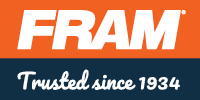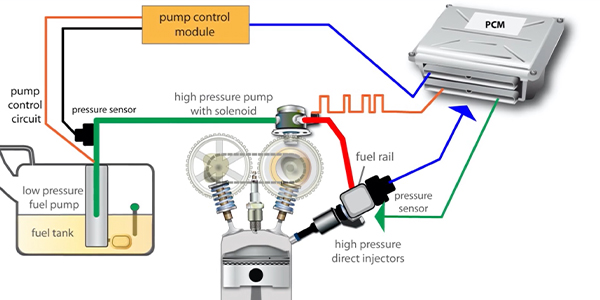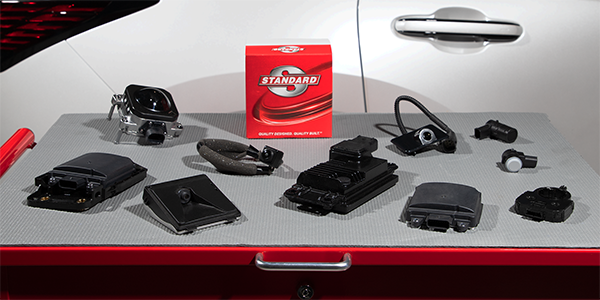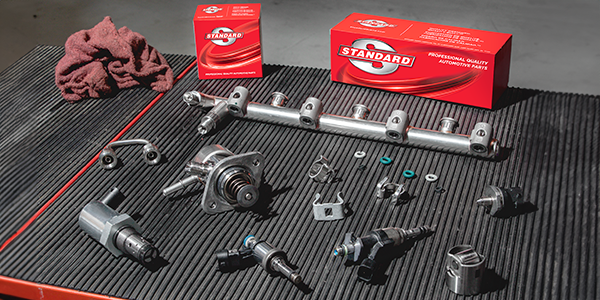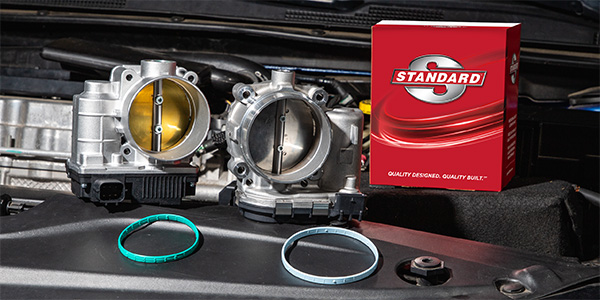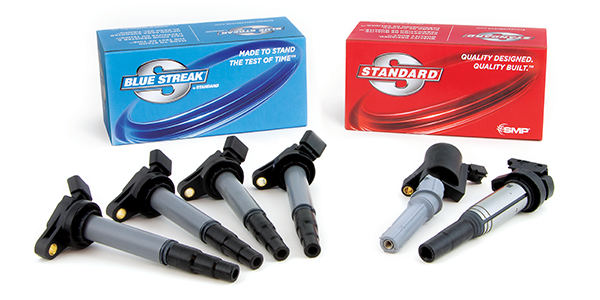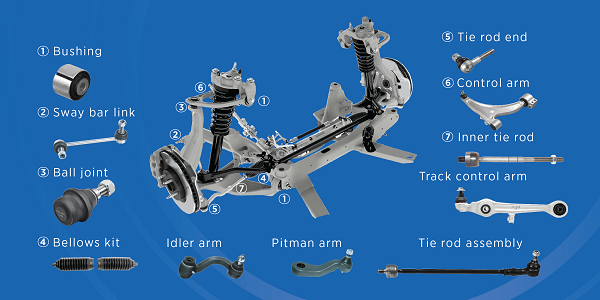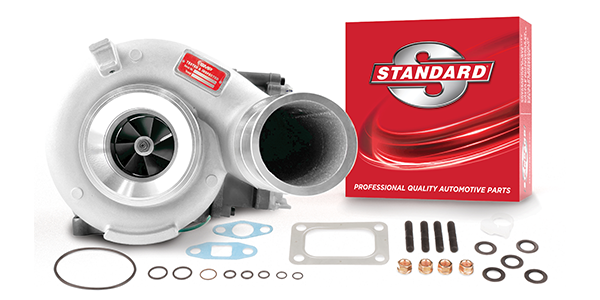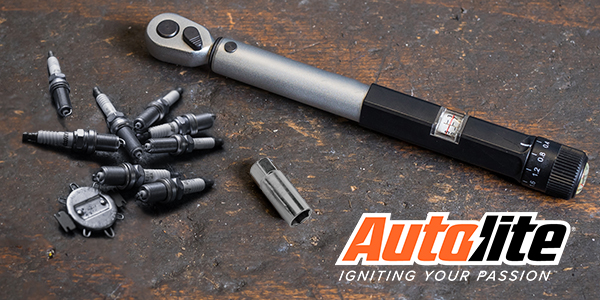For many people who have been working from home instead of making the daily commute to the office, there is growing concern regarding the unintended impact the inactivity may have on their vehicles. Also, the arrival of winter adds to the challenges facing millions of vehicle owners.
If a vehicle sits for longer than a month without being started for at least 10 minutes, parts will begin breaking down, and oil quality will degrade. With the onset of the winter temps, it is the wrong time to have concerns about critical parts not being in working order.
One of the most neglected filters in a vehicle is the cabin filter, whose efficient operation is especially crucial in colder months. When cabin filters become clogged, airflow is significantly reduced, making defrosting windows a slow and often unsafe process. Cabin air filters are also valuable for keeping the smell of dust, dirt, and exhaust fumes out of a vehicle. Over time, these filters will block airflow, and installing a replacement is necessary.
One of the best ways to combat cold temps during the winter months and ensure your vehicle remains functional between long bouts of inactivity is replacing the oil and oil filters. Winter temperatures in most parts of the country place especially high demands on engine oil and oil filtration. Oil that’s too thick can keep an engine from cranking over or starting in cold weather. In addition, thickened oil can challenge the starter to spin fast enough to fire up the engine.
The relationship between cold temperatures and oil thickness puts extra demands on oil filtration. At 20 degrees F, most engine oils have a consistency resembling table syrup. When a cold engine fires up, the oil pump forces cold, thick oil through all the large and small passages in the engine, including the oil filter. It is critical the oil quickly finds its way through the filter to provide lubrication to engine bearings and other vital parts. Also, contaminants that may be in the oil are filtered out to ensure consistent, reliable operation.
While the best oil filters trap the dirt, debris, and other contaminants, ensuring only clean and high-quality oil circulates inside the engine, the most critical part of any oil filter is the filtering media. Effective filter media must strike a critical balance between filtering out the smallest possible particles while affording the least possible resistance to oil flow. Too much of one can hinder the other, resulting in poor performance, inefficiency, and eventual repair bills.
No matter what season, vehicle owners should not skimp on quality when it comes to oil and air filtration. With the onset of winter and the added stress of inactivity for millions of vehicles due to the pandemic, it is imperative that oil and filter changes stay on schedule to ensure vehicles will remain running smoothly through the winter months.
FRAM® has been determined to develop high quality oil and air filters for years and has tested combinations of materials and components that will keep your car running cleaner for longer. Explore the benefits of all of the FRAM® oil, air, and cabin filters at fram.com.

